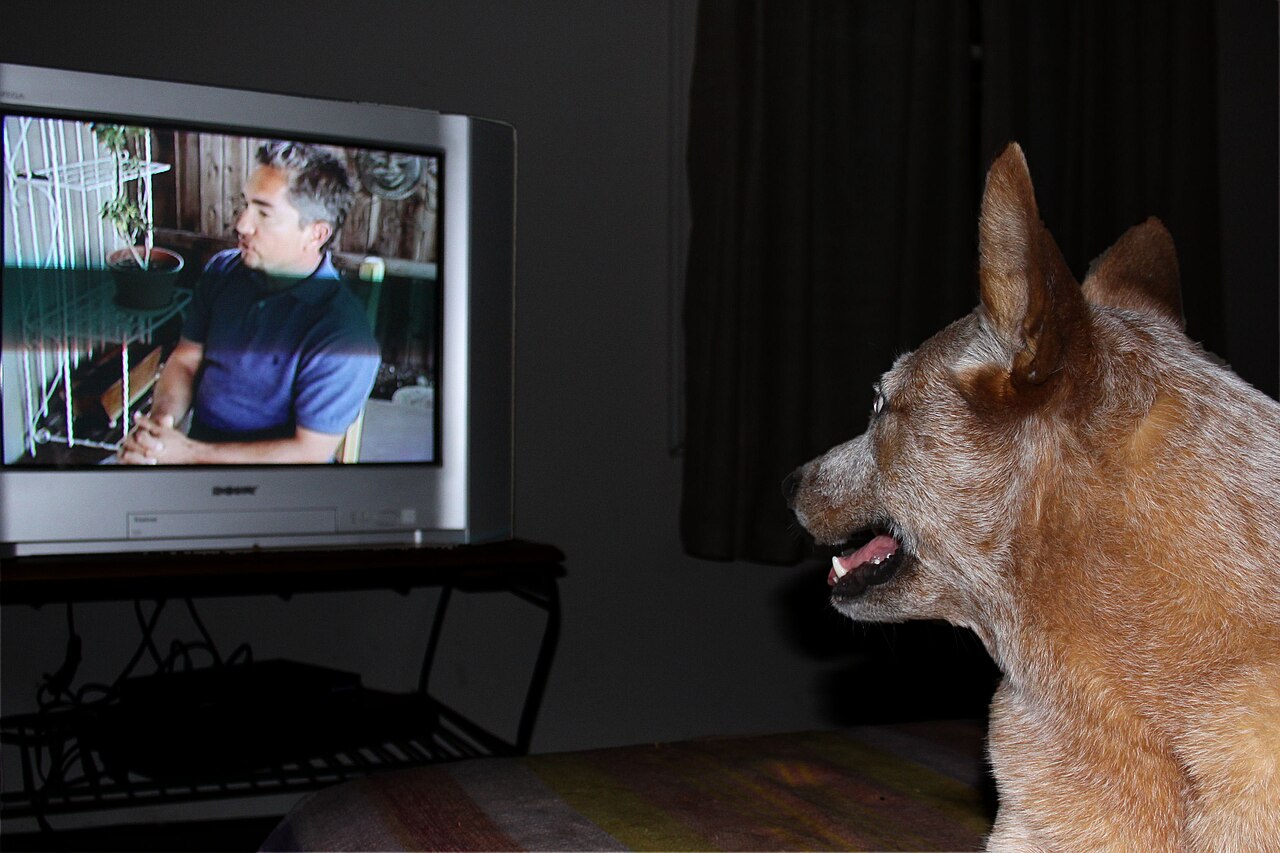Dogs Have TV Preferences—And It’s All About Personality, Study Finds
Canines aren’t just passive viewers when it comes to television—they may engage with visual and auditory stimuli based on core personality traits, according to a new study from Auburn University. Leveraging the newly developed Dog Television Viewing Scale (DTVS), researchers assessed data from 453 dog owners, each reporting their pet’s active interest in television programming.
The study’s key findings suggest:
- Cognitive-emotional traits influence engagement: Dogs with high excitability demonstrated heightened tracking behavior toward moving visual stimuli, especially those involving animals, suggesting an instinctual response tied to prey drive or social referencing.
- Auditory sensitivity and behavioral reactivity: Dogs categorized as anxious or fearful were more likely to react to non-animal auditory cues—such as doorbells, alarms, or vehicle sounds—hinting at hypervigilance linked to generalized anxiety or environmental stressors.
- Demographics were statistically insignificant: Breed, sex, and age showed no meaningful correlation with viewing patterns, suggesting that personality-based assessments may offer stronger predictive validity than biological markers.
On average, dogs attended to the screen for 14 minutes per session, with both visual and auditory stimuli eliciting similar levels of engagement. This aligns with previous research suggesting that dogs process and integrate multisensory input more holistically than previously assumed. The researchers emphasize potential enrichment strategies for domestic and shelter environments. By tailoring visual and auditory content to specific behavioral profiles, caretakers could enhance psychological welfare and reduce stress-induced behaviors—especially in high-arousal or environmentally deprived dogs.







